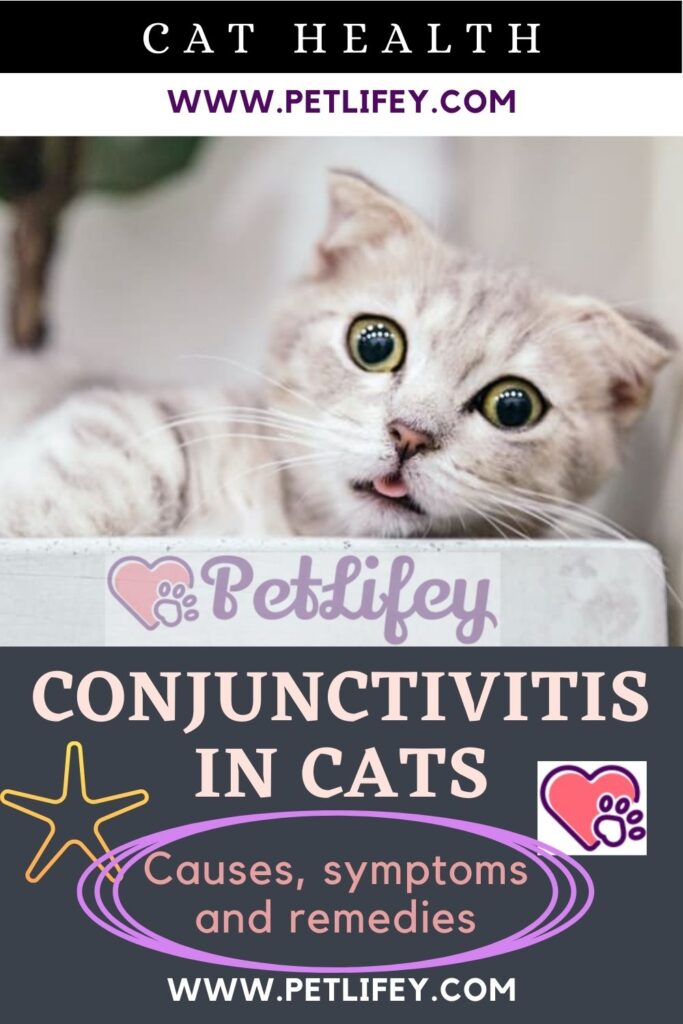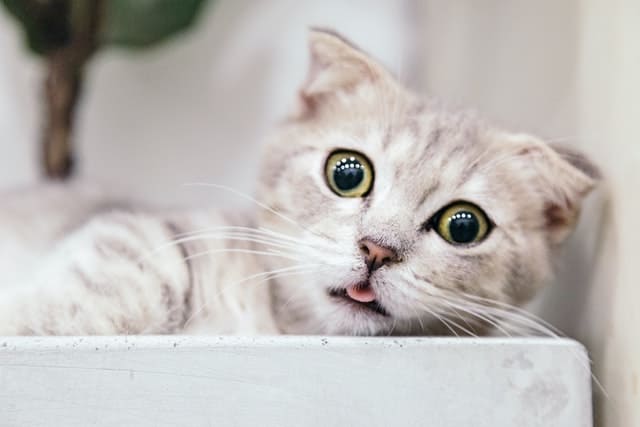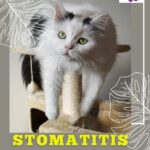
The cat is prone to eye problems, the main one being conjunctivitis. How it develops and how can it be treated.
The fascinating and expressive eyes of our cat can suffer from some pathologies, with more or less serious consequences. One of these is certainly conjunctivitis: a disease that can affect felines of any age, sex and species. We must not neglect the problem at all, indeed it is necessary to identify the symptoms as soon as they appear and list them to the veterinarian, who will make a diagnosis and give an effective treatment. In fact, a neglected conjunctivitis could cause very serious damage, which can even permanently compromise the cat’s vision. Here’s how to recognize if our cat suffers from conjunctivitis.
Conjunctivitis in cats: symptoms
It is an ocular disorder, which closely resembles the one that affects humans. It is an inflammation of the membrane of the anterior surface of the eye and the inside of the eyelids. Untreated conjunctivitis can even permanently compromise the physiological defenses of the eye, favoring the onset of more serious pathologies. Naturally, a cat that lives outside the house, on the street or even in the garden, runs a greater risk of eye diseases also because it can more easily come into contact with other cats who are infected with it. The symptomatology of conjunctivitis is quite evident, and easily recognizable: frequent tearing, swollen or irritated eyelids.
Tears: they are usually thick in consistency and dark in color, leaving a brown trail around the eye. The latter often appears red and swollen, so much so that the cat will not be able to keep it open completely. Secretions from the eyes: Sometimes they can harden into encrustations that the cat will tend to scratch off with its nails. We try to be careful not to do this, as it could scratch the inside of the eye and worsen the already critical situation. If the substance that comes out of the eye is liquid and transparent then the form of conjunctivitis is not yet serious, if instead the liquid is white it indicates the presence of purulent pus, in the worst cases.
Eyes: one of the first symptoms, fortunately temporary, is the so-called Venus strabismus: it is a consequence of the swelling that causes the cat to become cross-eyed, but which resolves once the conjunctivitis heals. One of the symptoms of ocular pathology can affect the respiratory system (viral rhinotracheitis, calicivirosis), and this creates breathlessness in the cat that does not breathe well (think for example of Clamydial infections).
Mucus and nasal secretions: along with inflammation and mouth ulcers, fever, these are the other most recognizable symptoms. A runny nose can be accompanied by frequent sneezing. Conjunctivitis can also affect one eye at a time or both: the infection can also be transmitted to humans, so be careful to wash your hands when we come into contact with the infected cat.
Eyelids: can swell and make the third eyelid more visible. In severe cases, such as those from feline herpesvirus, the eyelids can fill with pus and create ulcers on the eye, or erosions on the eyelids.
Conjunctivitis in cats: triggering causes
It is difficult to identify a single triggering cause, since they can be various and certainly it is not up to us to identify them. If we really want to help our cat, the best thing to do is to make an appointment with the vet, who will also provide specific and appropriate care. The difficulty lies in the symptoms, which are almost always the same: a swollen, weeping eye with secretions.
The triggering causes can have bacterial origin, then be caused by Staphylococcus, Mycoplasma, Streptococci, Chlamydia, Bordetella and Escherichia coli. Viral diseases can also be at the basis of cat conjunctivitis: Herpesvirus and Calicivirus; or it can be the result of fungi and parasites such as those of the genus Aspergillus, Cladosporium, and Thelazia.
If the trigger is allergic, although rarer, it affects the superficial part of the eye that reacts to allergens (such as pollen, dust or food). Furthermore, conjunctivitis can also be a direct consequence of some trauma: scratches to the eye, or congenital and chronic, linked to problems with the eyelids etc.
If it is not in the causes listed above, conjunctivitis can also be the result of prolonged contact of the cat with an irritant, perhaps a chemical agent contained in detergents and detergents or a cold in the cat: these are rare but not impossible cases.
Conjunctivitis in cats: remedies

Before thinking that cat conjunctivitis is the same as that affecting humans and therefore apply eye drops, let’s stop! We take no initiative and always seek expert advice first before proceeding with dangerous do-it-yourself methods. In fact, eye drops can have a devastating effect on the feline’s eye, worsening an already critical situation. We can opt, always after asking the veterinarian’s opinion, with natural eye drops based on officinal herbs such as Euphrasia, Apis mellifica or Mercurius solubilis.
While waiting for the visit to the vet, we can clean the outside of the eye, eliminating the residues of secretions and any scabs. We proceed with a cotton swab, dipped in warm water diluted with chamomile, calendula or a saline solution to gently disinfect. With a light touch, and without applying pressure, let’s pass it on the eye 3-4 times a day. Once the visit has been made, usually the first recommended therapy is aimed at reducing the inflammation of the eye and giving immediate relief to the cat. The vet will be able to recommend creams or drops based on antibiotics and antihistamines, and will define the right dosage and how to apply them.
If applying these external medications to the cat is a difficult undertaking, then consider mixing oral medications with the baby food. If he does not want to eat then we can try to inject the healing substance with a syringe without a needle directly into his mouth: he could certainly be frightened, so let’s reassure him with our presence and our affection. Cortisone eye drops are not intended to resolve the cause, but only to reduce inflammation.






